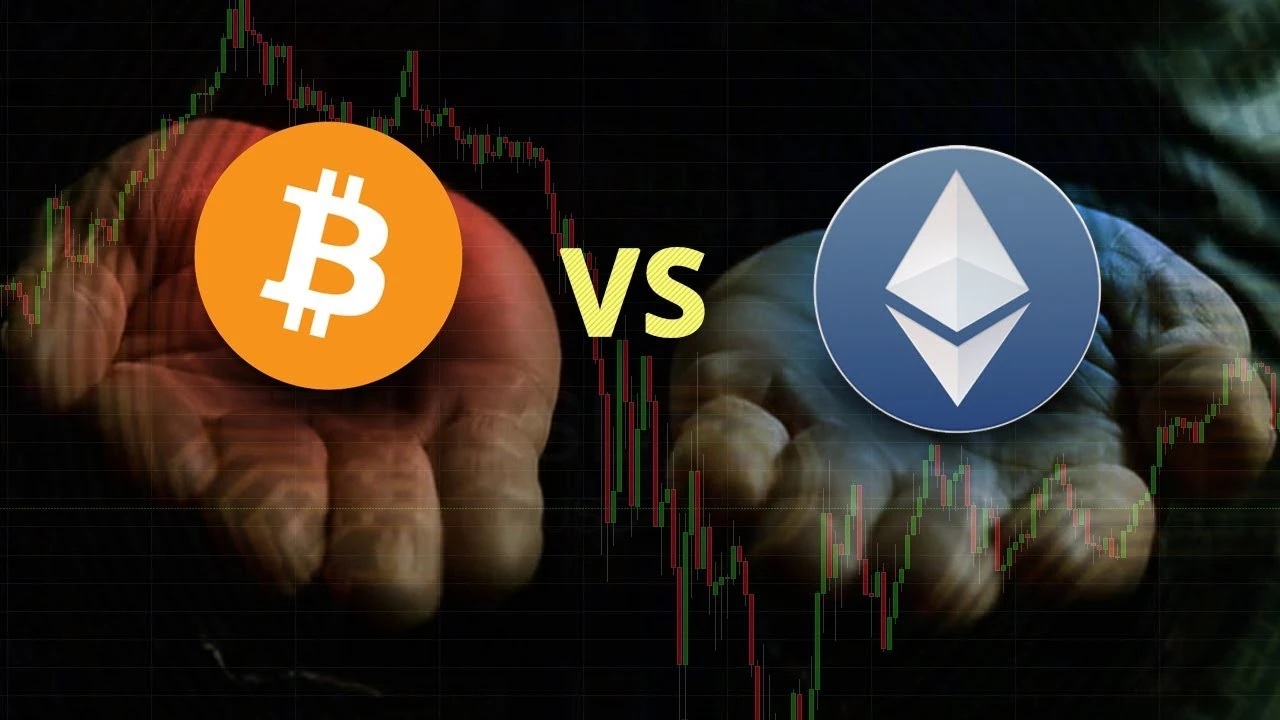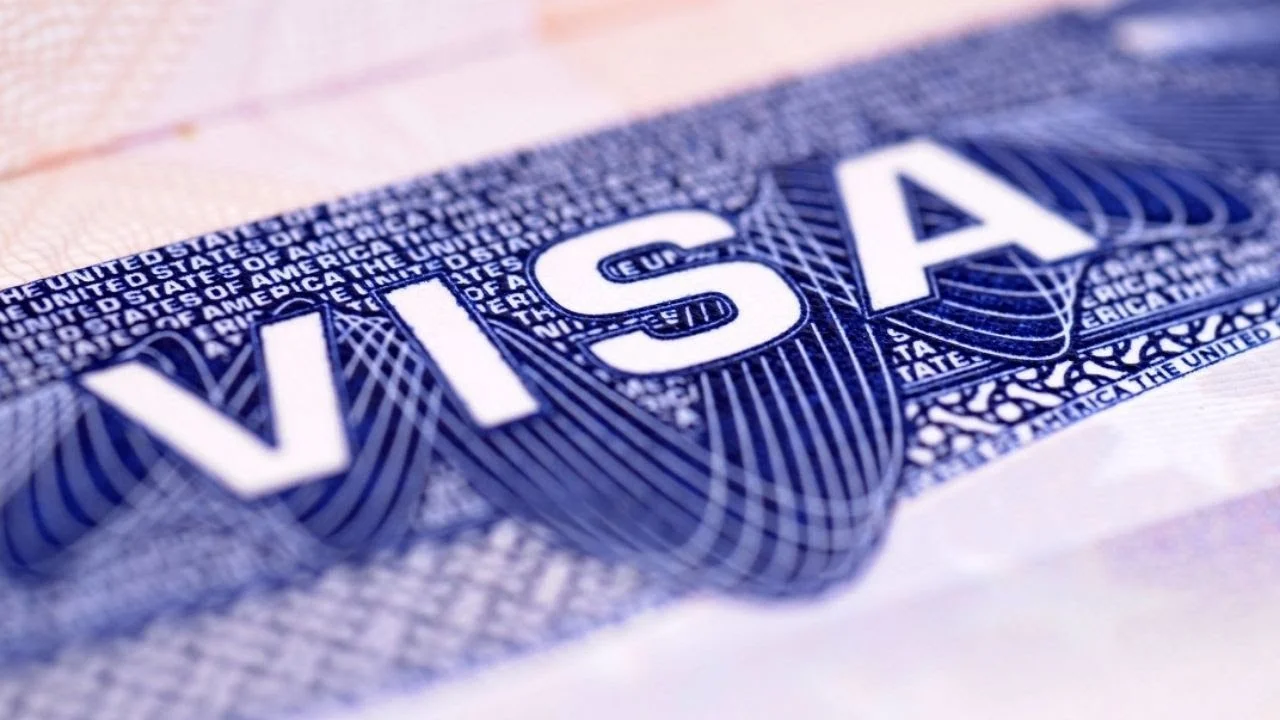IMF Downgrades China’s 2025 Growth to 4% as Trade Tensions Escalate
The International Monetary Fund (IMF) has sharply revised China’s 2025 economic growth forecast to 4%, a significant drop from its January projection of 4.6% and well below Beijing’s official target of around 5% . This downgrade reflects deepening trade tensions with the U.S., compounded by domestic challenges including a property sector crisis, local government debt, and sluggish consumer spending .
The IMF’s latest World Economic Outlook report, released on April 22, 2025, warns that escalating tariffs, up to 145% on Chinese exports and 125% on U.S. goods are fueling a “tit for tat trade row” with global repercussions . While China’s earlier stimulus measures, such as interest rate cuts and eased property restrictions, have provided limited relief, analysts argue more aggressive action may be needed to offset tariff impacts .
U.S China Trade War: A “Tit for Tat” Battle Threatens Global Stability
The IMF report highlights the U.S.-China trade war as a critical risk to global economic stability, with tariffs now at record highs . The conflict has expanded beyond goods to include restrictions on technology transfers and investments, creating uncertainty for businesses and investors . For Southeast Asia, caught between the world’s two largest economies, the stakes are particularly high. Countries like Vietnam and Malaysia face U.S. pressure to reduce reliance on Chinese supply chains, even as they depend on China as their largest trading partner .
Domestic Headwinds: Property Crisis, Debt, and Consumer Caution
China’s growth slowdown is not solely due to external pressures. The IMF cites structural weaknesses, including a property market slump that has eroded household wealth and dampened consumer confidence . Local government debt, estimated at over 300% of GDP, further constrains fiscal flexibility . While Beijing has rolled out stimulus packages, cautious policymakers fear exacerbating debt risks or fueling inflation .
Xi Jinping’s Southeast Asia Tour: Reassurance and Warning in Equal Measure
As the IMF sounded alarms, Chinese President Xi Jinping embarked on a five-day tour of Southeast Asia (April 14-18), visiting Vietnam, Malaysia, and Cambodia . The trip aimed to reinforce China’s economic ties with ASEAN nations while implicitly warning them against aligning with U.S. trade policies . In Hanoi, Xi emphasized “shared development” and pledged deeper integration with Vietnam’s economy, which has become a manufacturing hub amid U.S.-China tensions .
China’s Dual Message: Cooperation and Implicit Threats
Xi’s rhetoric blended reassurance and caution. He positioned China as a stable partner, touting tourism, infrastructure investments, and trade deals . However, Beijing also cautioned Southeast Asian nations against signing agreements with the U.S. “at the expense of China’s interests,” hinting at potential retaliation . This aligns with China’s broader strategy to counter U.S. influence by leveraging its economic clout, ASEAN’s largest trading partner since 2020 .
U.S. Pressure vs. China’s Leverage: Southeast Asia’s Balancing Act
Southeast Asian nations face a precarious balancing act. While the U.S. pushes for “friend-shoring” (shifting supply chains to allies) and threatens tariffs on countries overly reliant on China, Beijing’s investments in infrastructure and tourism remain vital . Vietnam, for example, relies on China for 33% of its imports, complicating efforts to decouple . Malaysia and Cambodia, meanwhile, depend on Chinese tourism and Belt and Road Initiative (BRI) funding .
The “Asia Moment”: Can Regional Partnerships Counterbalance Superpower Rivalry?
Xi’s tour framed China as a champion of Asian unity, declaring the region at a “new starting point for overall revitalization” . Analysts suggest Beijing seeks to position itself as a counterweight to U.S. protectionism, promoting intra Asia trade and investment . However, Southeast Asian nations remain wary of overt alignment. As Singapore’s Prime Minister Lee Hsien Loong recently noted, “No country wants to choose sides, it’s about survival.”
The IMF’s downgrade and Xi’s diplomatic push highlight a region, and a global economy, at a crossroads. As trade wars reshape alliances and economic realities, Southeast Asia’s choices will reverberate far beyond its borders. For China, the message is clear: adapt or risk isolation. For the world, the stakes are no less than the future of globalization itself.















